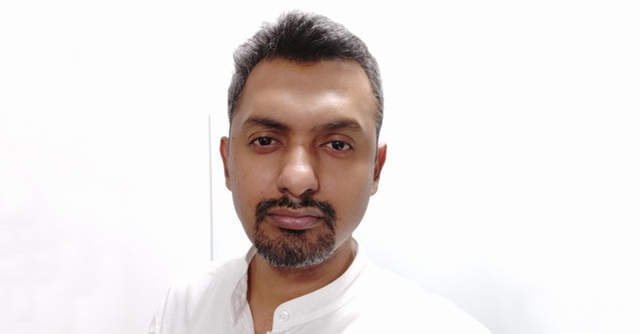
How AI/ML and IoT can be leveraged to aid chronic disease management


Globally, chronic diseases such as diabetes, cardiovascular ailments and cancer cause more than 70% of deaths and contribute to more than 50% of the disease burden.
An emerging strategy to tackle chronic diseases involves combining sensors, data and algorithms along with medical specialists in a four-block framework: (a) Sense -- capture biological signals in the hospital and at home; (b) Profile -- combine data from multiple sources to provide a holistic picture of the patient’s health; (c) Detect -- analyze the profile, or even the raw data, to detect the presence and progression of chronic diseases; and (d) Monitor -- work with the patient to manage their health.
Increased awareness about the consequences of chronic diseases has led to technology being leveraged by both individuals and enterprises to manage these ailments.
Navigator Models

Chronic disease management involves solving the problem of not having enough doctors to provide the necessary care.
The medical community, insurance companies and health technology firms across the world are investing in a ‘navigator model’ where licensed navigators, who are not doctors, are partnered with patients to provide care using remote means.
AI/ML algorithms are not only used to identify and prioritize the high-risk groups, but also to monitor data received from the devices that these patients are provided with to help the navigators manage the treatment protocol.
Fitness Devices

There is increased adoption of fitness devices, activity trackers and wearables by health-conscious individuals themselves, in an effort to proactively manage their health. Consequently, the global market for fitness devices is expected to grow at close to 20% compounded annually for the next five years and reach a total size of $65-70 billion. These devices not only help track physical activity, they also help capture sleeping patterns, hydration levels, ECG signals and body temperature. By allowing information to now flow from patient to doctor, these devices allow detection of changes in the patient’s conditions earlier than would be typically possible, leading to better treatment and lower overall costs.
Technology companies and medical device manufacturers
A key recent trend is the focus of the large technology firms on healthcare through building their own smartwatches and fitness devices or acquiring companies in this space, investing in health insurance startups, partnering with hospital systems or venturing into the pharmacy business. All of which could possibly provide access to patient health data (profile), developing algorithms that can analyze medical data and images to diagnose diseases (detect), and partnering with the medical community to run end-to-end navigator programmes (monitor).
Medical equipment manufacturers are embracing IoT (Internet of Things) to reduce the disease-diagnosis distance.

This is being achieved through means such as portable ultrasound and live-streaming, enable continuous monitoring and proactive intervention from remote through devices such as glucose monitors, biosensors, and embed the power of AI/ML algorithms into imaging equipment to augment decision-making.
Venture capital funding
Some key venture capital funding trends in this area are: (a) Close to a third of the startups and about a fourth of the funding is for startups developing AI/ML-based imaging and diagnostics solutions; (b) Most of the predictive analytics startups are trying to solve the problem of combining data across multiple sources, structured and unstructured, and analyzing them to identify high-risk patients; and (c) Outside of the US, startups in China and the UK have also attracted significant funding, facilitated by government policy. For example, the UK provides startups with anonymized patient data of its citizens; National AI Lab announced by the UK in August 2019.
Challenges
Some of the challenges to keep in mind as we progress towards more automated, decentralized and remote management of chronic diseases are: (a) Slow adoption of technology in the healthcare sector; (b) Ensuring benefits reach patients in middle and low income countries; (c) Data privacy regulations in the context of data-hungry AI/ML algorithms; (d) Interoperability of systems and data so that all of the patient data is accessible to all relevant healthcare professionals; and (e) Integrating IoT devices and the necessary high-speed data transfers inside existing possibly outdated infrastructure.


Rajesh Sabapathy
Rajesh Sabapathy is director, data science at Optum Global Solutions. The views in this article are his own.
